Fungal infections can affect anyone, regardless of their overall health. If left untreated, these infections can inflict permanent skin damage. Deep fungal infections within organs such as your lungs can pose a life-threatening risk, particularly if your immune system is weakened.
Topical medication can be cream, gel, lotion, solution, or shampoo. It's also possible to take antifungal pills by mouth. Besides medications, people can apply powders to the affected areas or wear open-toed shoes to keep them dry.
This blog post will explain the best methods for treating fungal skin infections with home remedies and tips to prevent fungal skin infections.
Fungal Skin Infection Treatment: 3 Options
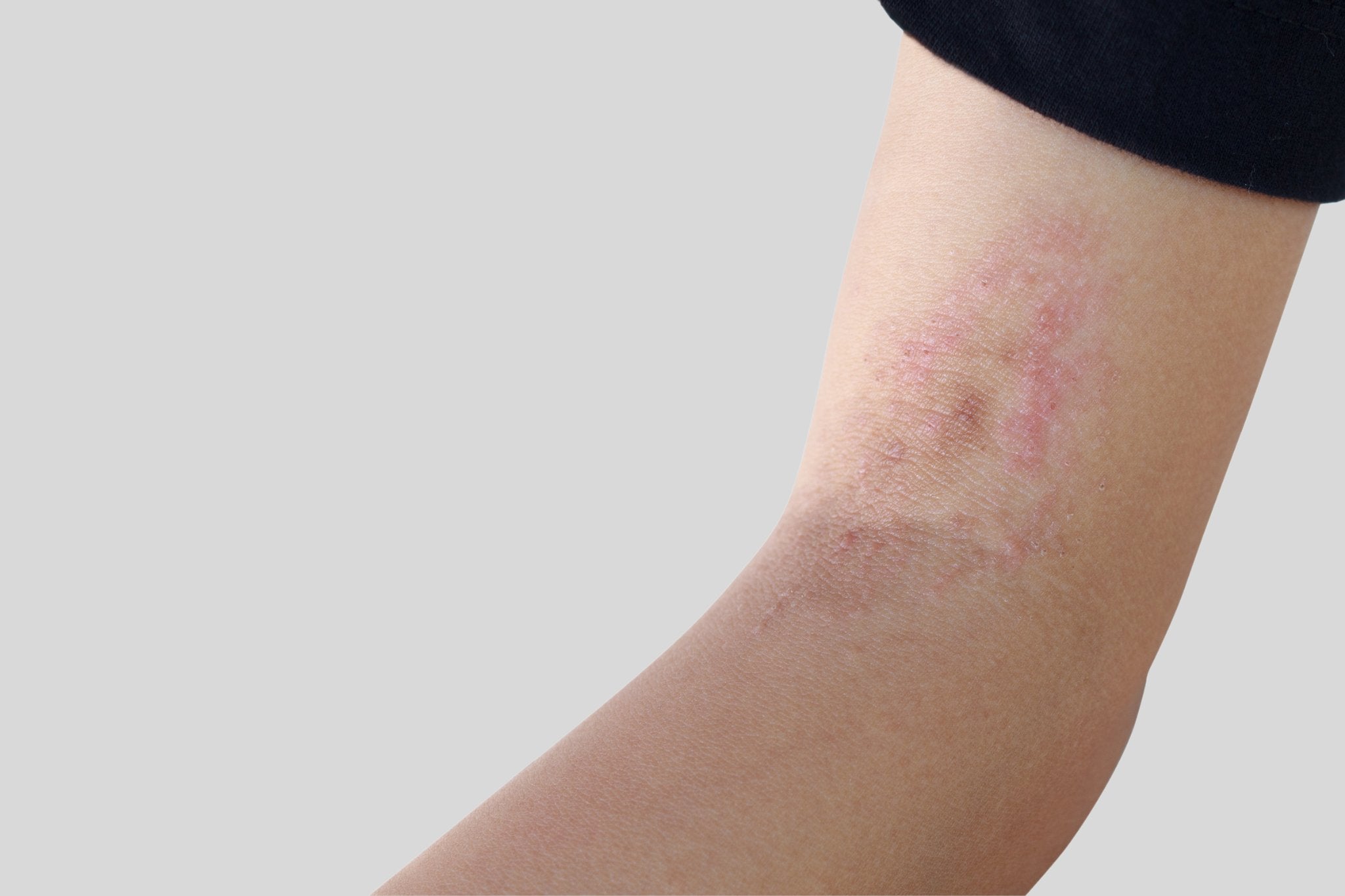
The treatment of fungal skin infections primarily involves using antifungal medications. However, maintaining dryness in the affected areas is crucial in managing these conditions. Here are some practical ways to treat fungal skin infections:
Antifungal Medications are the first line of treatment
Antifungal medications form the cornerstone of fungal skin infection treatment.
- Identifying Fungal Skin Infections: Fungal skin infections, red, irritated, or scaly rashes, can often be diagnosed with careful observation and testing. The most common areas affected include the feet, groin, scalp, and beneath the breasts.
- Topical Medications: These go directly on the infected area and can come in various forms, including creams, gels, lotions, solutions, or shampoos.
- Oral Medications: In some cases, antifungal medications may be taken by mouth for more severe or widespread infections.

List of Some Commonly Used Antifungal Medications
It's important to note that fungal skin infections require proper diagnosis and treatment. While several antifungal medications are available for skin application, consulting with a healthcare professional before starting any treatment is crucial. They'll diagnose your condition and suggest the best course of action.
- Nystatin.
- Oxiconazole.
- Selenium sulfide.
- Sulconazole.
- Terbinafine.
- Terconazole.
- Tioconazole.
- Tolnaftate.
- Butoconazole.
- Butenafine.
- Ciclopirox.
- Clotrimazole.
- Econazole.
- Gentian violet.
- Ketoconazole.
- Miconazole.
- Naftifine.
8 Natural Remedies For Fungal Skin Infections
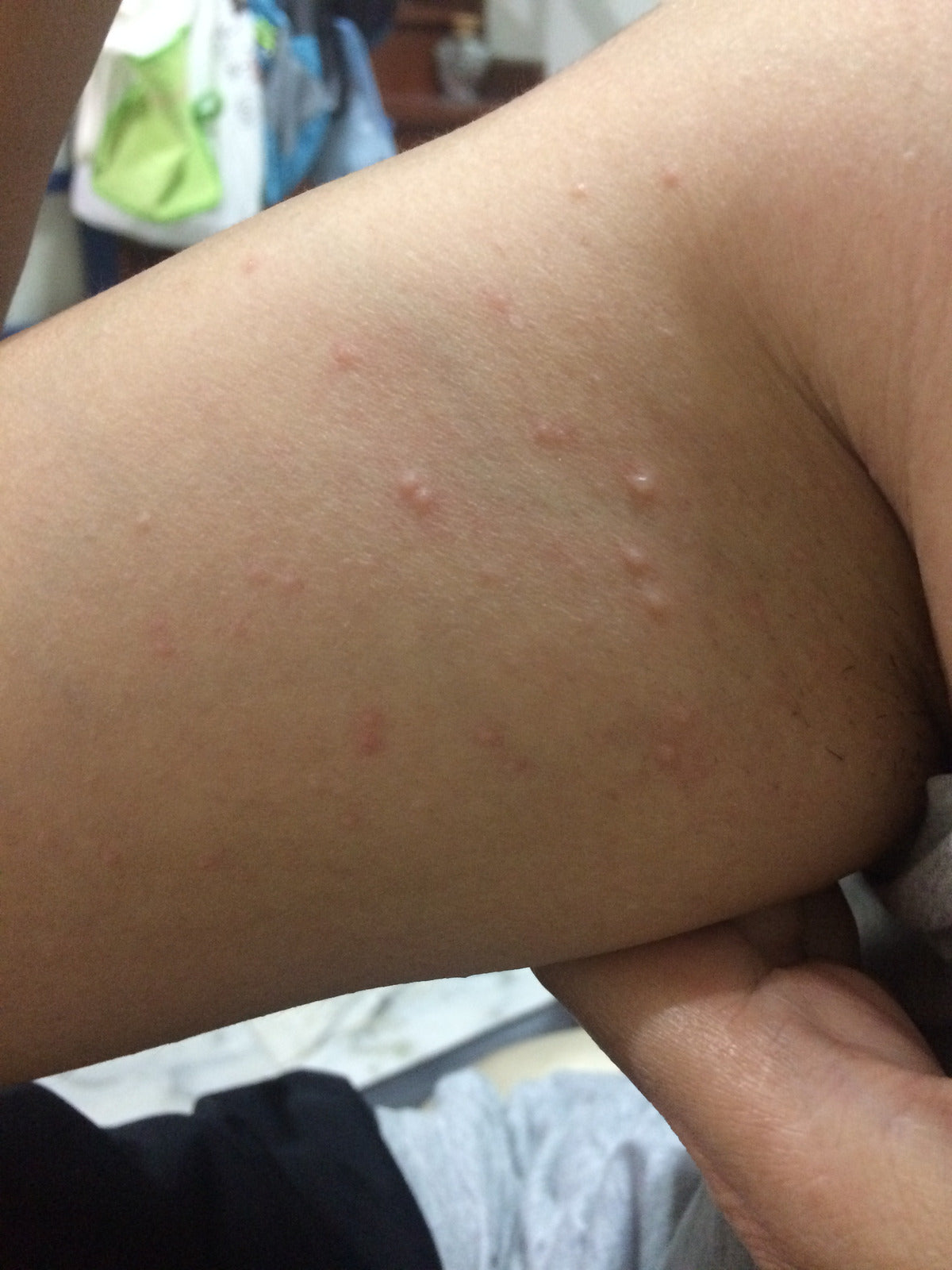
Fungal skin infections can be an unpleasant experience, causing discomfort and embarrassment. Besides over-the-counter and prescription treatments, natural remedies can also effectively manage and treat fungal skin infections. The following are some benefits and uses of several natural remedies.
Apple Cider Vinegar
It's a versatile home remedy with antifungal properties. It helps restore the skin's pH balance, creating an inhospitable environment for fungi. To use apple cider vinegar for a fungal skin infection, dilute it with equal parts of water, apply it to the affected area with a cotton pad, and let it dry naturally.
Plain Yogurt
Yogurt, particularly the plain, unsweetened variety, contains probiotics, good bacteria that keep fungi in check. Applying plain yogurt topically to the affected area can soothe irritation and help restore the skin's natural microbiome.
Tea Tree Oil
Antifungal and antibacterial properties of tea tree oil. It penetrates the skin and can help treat fungal skin infections at their source. However, it is powerful and should always be diluted before applying to the skin. A few drops mixed with coconut or jojoba oil make a soothing, healing treatment.

Turmeric
Ayurvedic medicine uses turmeric for its anti-inflammatory and antifungal properties. Applied topically, a paste made from turmeric and water can help fight fungal infection. Consuming turmeric internally can boost your immune system and fight infections.
Cranberry Juice
While cranberry juice is most commonly associated with urinary tract health, it has antifungal properties. Drinking unsweetened cranberry juice can help create an environment in your body that is unfriendly to yeast and fungi, helping to prevent and treat fungal infections.
Garlic
Garlic is a potent natural antifungal. Crushed garlic cloves can be applied topically for fungal skin infections or consumed internally for added antifungal benefits. However, be aware that garlic can irritate the skin, so it should constantly be tested on a small area first.
Coconut Oil
It is also an excellent natural remedy for fungal skin infections. Its medium-chain fatty acids, especially lauric acid, have antifungal properties. Coconut oil can soothe your skin, reduce inflammation, and fight the fungus causing the infection.
Aloe Vera
The healing and soothing properties of aloe vera are well known. For fungal skin infections, aloe vera can help reduce inflammation and soothe irritation. It also has antifungal properties that can help treat the disease.
9 Tips For Preventing Fungal Skin Infections
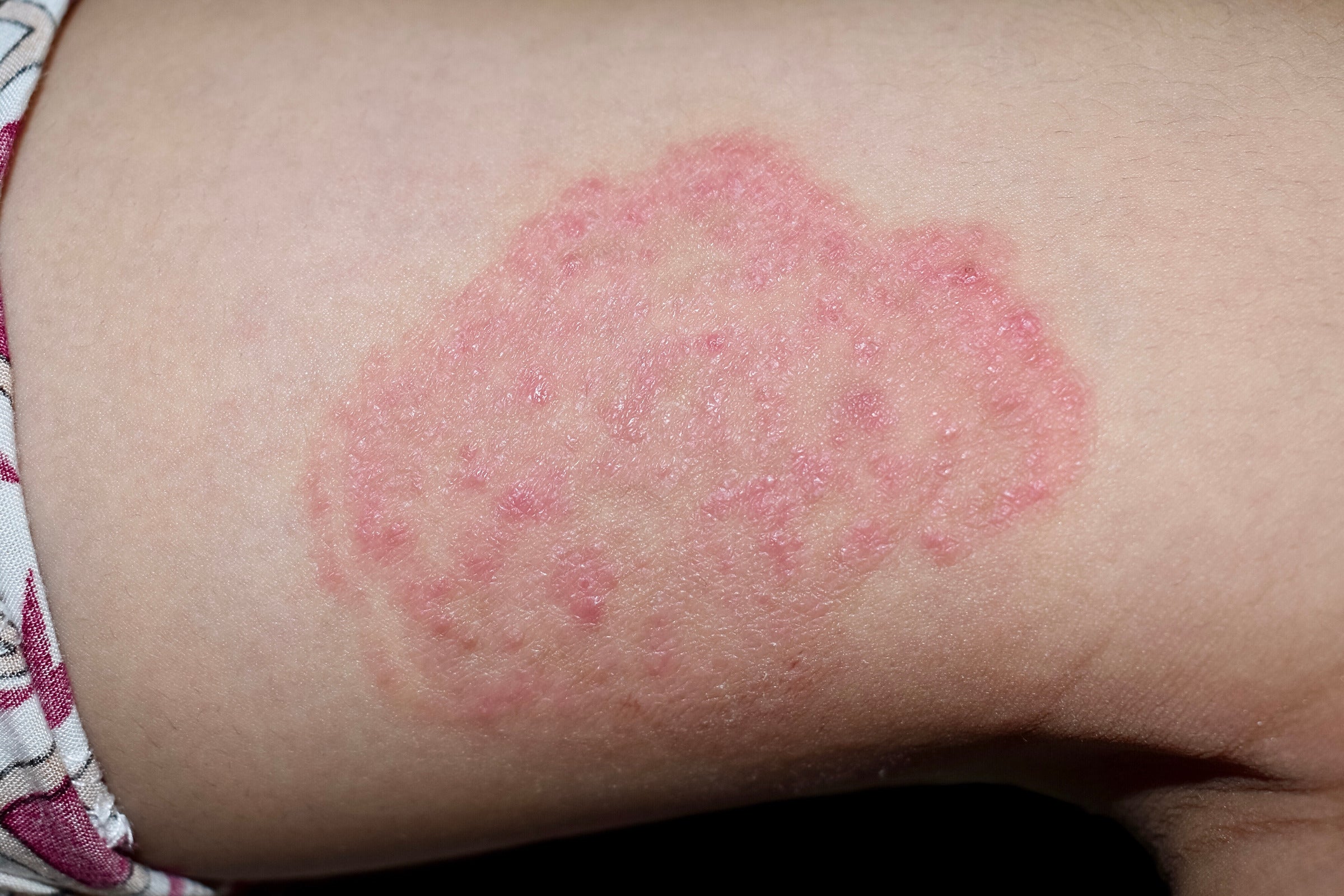
Fungal skin infections, though common, can be uncomfortable and sometimes difficult to treat. Usually found in warm, moist areas such as the feet and groin, they can occur anywhere on the body.
Various types of fungi, including dermatophytes and yeasts, can cause these infections. Maintaining good personal hygiene and being aware of the environment is critical to preventing fungal skin infections. Here are some practical tips to help reduce your risk of developing these infections.
Practice Good Hygiene
The first defense against fungal skin infections is proper hygiene. Regularly washing your body with soap and water helps remove dirt, sweat, and excess oils that can encourage the growth of fungi.
Clean areas prone to fungal infections, such as the feet, underarms, and groin, is essential. After bathing, dry your skin thoroughly, especially between your toes and other skin folds, as these moist areas can become breeding grounds for fungi.
Don't Share Personal Items
Sharing clothing, towels, or other personal items can spread fungal infections. The entire household should be kept clean if someone has a fungal infection, separate their articles, and wash them regularly. This includes bed linen and bath towels.
Wear Clean, Breathable Clothing and Shoes
Wearing clean clothes every day is crucial in preventing fungal skin infections. Choose clothes and shoes made from breathable materials like cotton and leather to avoid trapping moisture against your skin. Avoid wearing tight or restrictive dresses that can cause chafing and create a favorable environment for fungi.

Dry Off Properly After Water Activities
Whether swimming, showering, or sweating, it's important to dry off properly afterward. Damp skin can provide the perfect environment for fungi to thrive. Use a clean, dry towel and pay special attention to often overlooked areas, like between your toes and under your breasts.
Use Footwear in Public Areas
Public spaces like locker rooms and showers are hotspots for fungi. Always wear sandals or flip-flops in these places to avoid direct contact with the floor.
Wipe Down Shared Surfaces
If you use shared gym equipment or mats, wipe them down before and after use. This method can prevent the spread of bacteria, fungi, and other microorganisms.
Avoid Contact With Infected Animals
Animals can also carry fungi that cause skin infections. If an animal shows signs of a fungal infection, such as missing fur or frequent scratching, it's best to avoid direct contact.
Maintain a Healthy Lifestyle

Health benefits of a healthy lifestyle include a more robust immune system and an increased ability to combat infections, including those caused by fungi. Eat right, exercise regularly, ensure adequate sleep, and manage stress.
Proper Medicine Use
If you have a fungal skin infection, following your healthcare provider's treatment advice closely is essential. This may include using antifungal creams or powders as directed, even after symptoms have disappeared, to ensure the infection has completely cleared.
Conclusion
While fungal skin infections can be a real pain, remember you've got various options to tackle them. From antifungal medications to natural remedies and preventive measures, you're well-armed to wage a successful war against these infections.
However, always consult a healthcare professional before you embark on your treatment journey. Count on them to diagnose your condition and steer you toward the right action.

![3 Best Methods for Treating Fungal Skin Infections [9 Prevention Tips]](http://drnumb.ca/cdn/shop/articles/Fungal_Skin_Infection_Treatment__3_Options_8_Remedies_Natural.jpg?v=1713843211&width=1100)





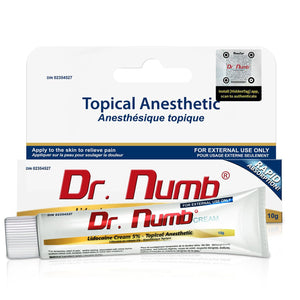
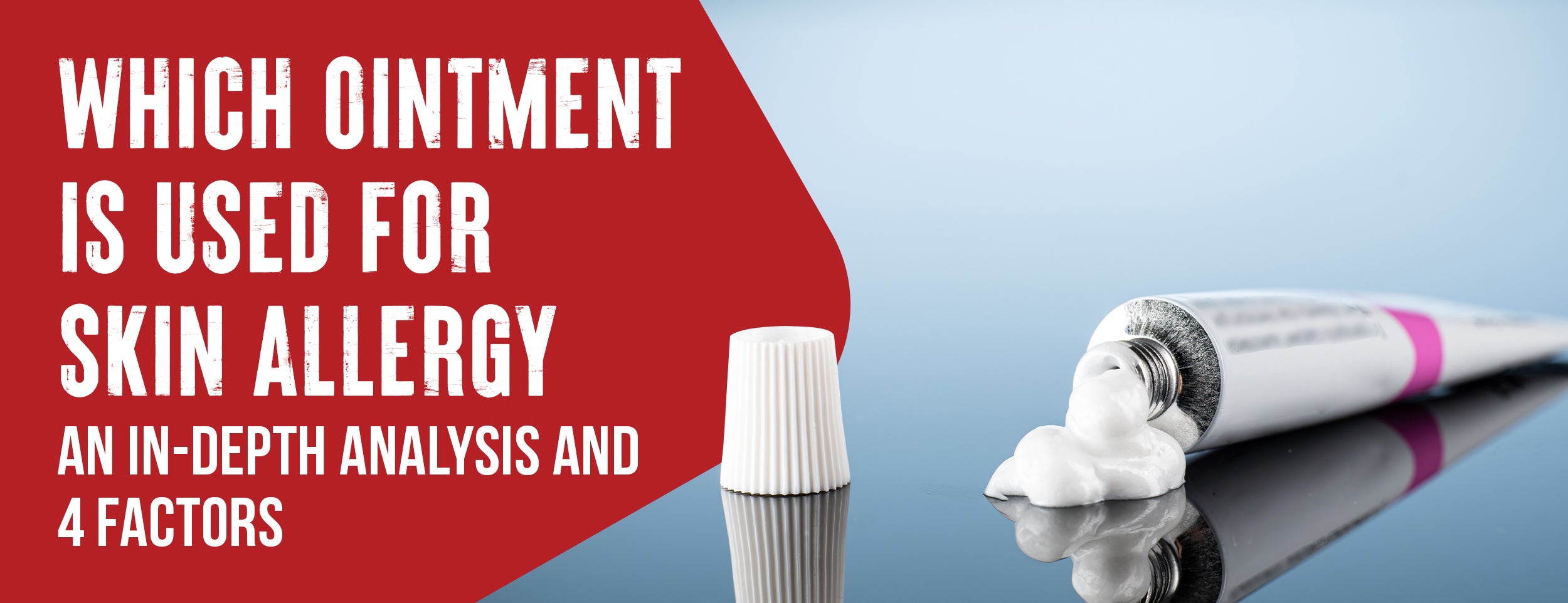
![The Most Common Food Allergies That Cause Itchy Skin [6 Common Symptoms]](http://drnumb.ca/cdn/shop/articles/Can_Food_Allergies_Cause_Itchy_Skin__17_Listed_6_Symptoms_Common.jpg?v=1714999986)

